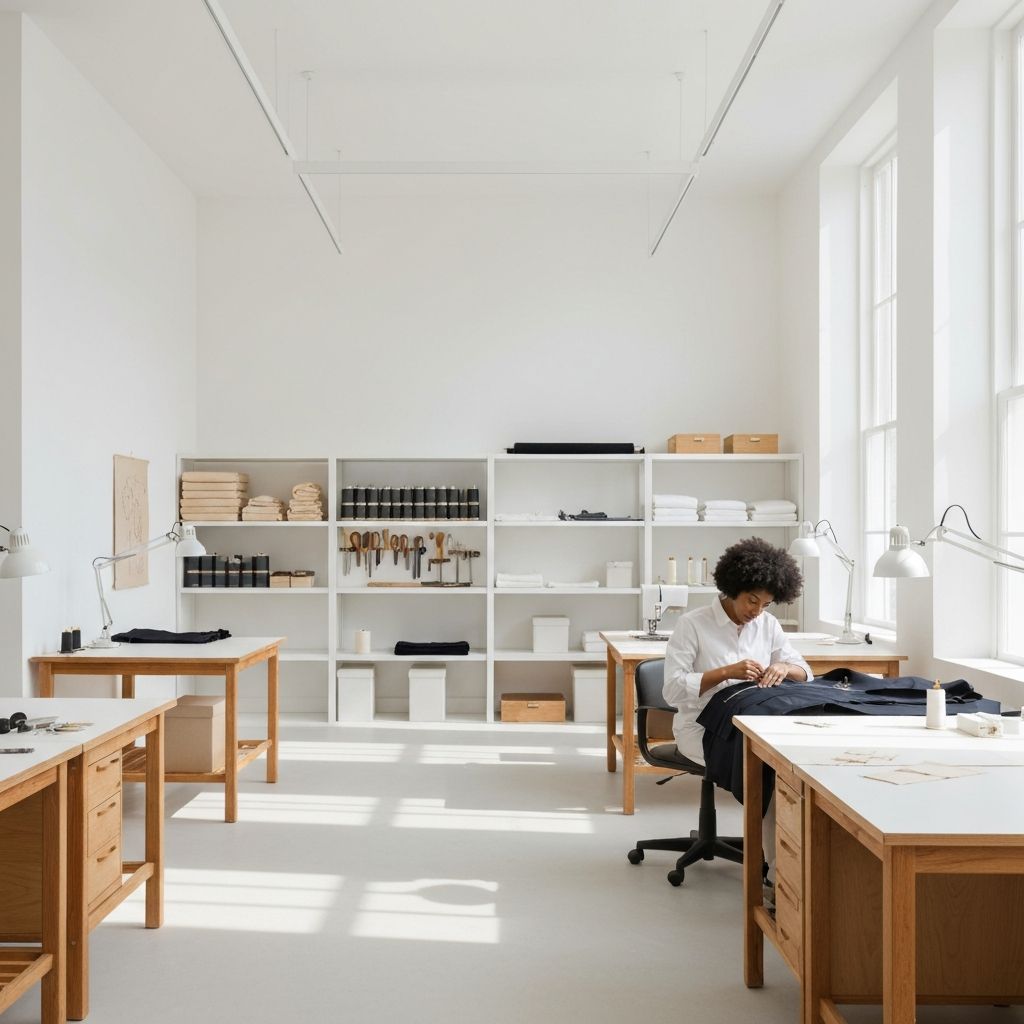
About FENTAGE
A modern atelier dedicated to creating garments that transcend seasons and trends.
Our Story
FENTAGE was founded on a simple belief: that clothing should be designed for permanence, not obsolescence. In an industry driven by rapid turnover and disposable fashion, we choose a different path.
Our name combines "fen" (marsh, representing natural regeneration) with "tage" (days, representing time and endurance). It reflects our commitment to materials that regenerate and garments that endure.
Every piece we create is the result of careful consideration — from material selection to construction methods, from silhouette to finishing details. We work with regenerative fibers, bio-fabricated alternatives, and heritage techniques reimagined for modern life.
Our atelier operates at the intersection of craft and technology, honoring traditional making while embracing innovation. We believe in slow fashion, in quality over quantity, in garments that improve with age.
Our Pillars
Four principles that guide every garment we create
Cut & Form
Architectural silhouettes that honor the body in motion. Every seam, dart, and panel serves both structure and fluidity.
Textile Innovation
Regenerative fibers, bio-fabricated materials, and heritage weaves reimagined for permanence and performance.
Modular Design
Garments engineered to adapt — detachable elements, reversible constructions, and multi-season versatility.
Continuity
Pieces designed to transcend trend cycles. Timeless forms that improve with age, repair, and care.
Pronunciation
FENTAGE
/ˈfen-tɪdʒ/
FEN-tidge
Provenance & Transparency
We believe in radical transparency. Every FENTAGE garment comes with a detailed provenance record — documenting materials, makers, and methods.
Our supply chain is intentionally short. We work directly with fiber producers, textile mills, and skilled craftspeople. This allows us to ensure fair compensation, ethical practices, and environmental responsibility at every stage.
Members of The Ledger receive access to our digital provenance system, where they can trace the journey of their garments from fiber to finished piece.